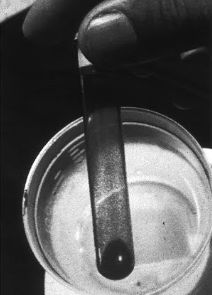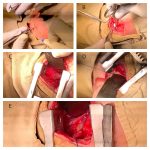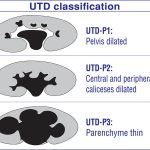Definition of Cold Agglutinin
Cold agglutinins are polyclonal IgM that have specificity against the I-antigen on red cells, and often there is light chain restriction, with kappa being predominant. The infections associated with cold agglutinins are:
- Mycoplasma pneumoniae
- Epstein Barr virus
- Cytomegalovirus
- HIV
- Rubella
Steps for Bedside Cold Agglutinin Test
1. Add blood to a tube containing equal volume of an anticoagulant such as sodium citrate.
2. Place the tube in ice water (0 to 4°c) for 15-30 seconds.
3. Remove the tube from ice and examine for coarse agglutination (clumps) by holding the tube upto light source and slowly rolling.
4. On warming, the agglutination should disappear and should form again on recooling.
Interpretation of Bedside Cold Agglutinin Test
A positive screening test correlates with a standard cold agglutinin test result of 1:64 or above.
The test is positive in only about one half cases of mycoplasma infection.
If a cold agglutinin test is positive in a preschool child, the pneumonia is probably viral. If it positive in a school-aged child, the pneumonia is probably mycoplasmal.
An elevated bedside cold agglutination disassociation test also should prompt a clinician to order specific serological testing for Mycoplasma, i.e. M.pneumoniae IgM Elisa titer.
References:
- Clinical Laboratory Medicine edited by Kenneth D. McClatchey
- Infectious Diseases in Critical Care Medicine By Burke A. Cunha
- The Molecular Pathology of Autoimmune Diseases edited by Argyrios N Theofilopoulos, Constantin A. Bona
- Pearls in Clinical Pediatrics By Magon Pushpendra
- Moffet’s Pediatric Infectious Diseases: A Problem-oriented Approach By Randall G. Fisher, Thomas G. Boyce, Hugh L. Moffet






